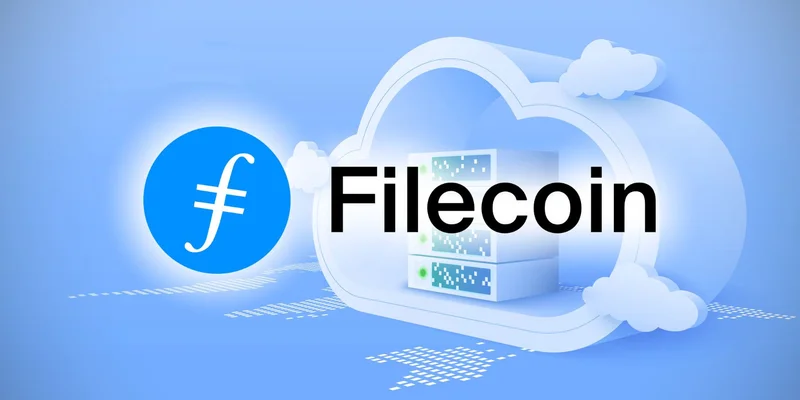Filecoin's Future: Predictions for 2025 and Beyond
Filecoin's Future: More Than Just Storage, It's a Revolution
Alright, folks, buckle up because we're diving deep into the world of Filecoin, and I'm beyond excited about what I'm seeing. Forget the nitty-gritty of price predictions for a second—$2.65 in 2025, $29.69 in 2031, who cares? What truly matters is the underlying potential of this decentralized storage network.
Think about it: we're talking about a system that aims to securely and efficiently store humanity's most important information. That's not just data; that's our collective knowledge, our history, our future. And it's being built on a foundation of blockchain technology, creating a peer-to-peer marketplace where anyone can rent out unused hard drive space and earn Filecoin tokens (FIL). It's a beautiful thing, really, a democratization of data storage that could reshape the entire internet.
This isn't just about cheaper storage, though that's certainly a perk. Filecoin's proof-of-replication and proof-of-spacetime consensus mechanisms ensure data is reliably stored over time, and that storage providers hold the exact copies they claim. It's like having a global network of librarians, all dedicated to preserving and protecting our digital heritage. Imagine a world where data breaches are a thing of the past, where censorship is impossible, and where information is truly accessible to everyone. That's the promise of Filecoin.
Now, I know what some of you might be thinking: "Decentralized storage? Sounds complicated." And you're right, it can be. But the beauty of Filecoin is that it abstracts away much of that complexity, making it easier for developers to build decentralized applications (dApps) and services that require secure, decentralized data storage solutions. It's like the early days of the internet, when coding a website required arcane knowledge. Now, anyone can build a website with a few clicks. Filecoin is doing the same for decentralized storage, lowering the barrier to entry and unleashing a wave of innovation.

And let's not forget the bigger picture: Filecoin is a key piece of the Web3 puzzle. It's part of a broader movement to create a more decentralized, open, and user-controlled internet. Think about the implications! No more reliance on centralized tech giants, no more data silos, no more opaque algorithms. Instead, we have a network where data is owned by the people, for the people.
The Filecoin ecosystem recently launched RetroPGF Round 3, allocating over 500,000 FIL to support impactful projects that contributed between November 2024 and September 2025. This is the largest round so far, following two previous rounds that rewarded nearly 200 development teams, reinforcing Filecoin’s commitment to long-term ecosystem growth and innovation. I find this so exciting, because it reinforces Filecoin's commitment to long-term ecosystem growth and innovation.
But with great power comes great responsibility, right? As we move towards a more decentralized future, we need to be mindful of the ethical implications. Who controls the data? How do we ensure privacy? How do we prevent misuse? These are questions we need to grapple with as a community, but I'm confident that we can find solutions that are both innovative and ethical. It's like the early days of the printing press—a revolutionary technology that democratized information but also raised concerns about censorship and propaganda. We learned to navigate those challenges, and we can do the same with decentralized storage.
I read a comment on a crypto forum the other day that really resonated with me: "Filecoin isn't just about storing files; it's about building a new foundation for the internet." And I couldn't agree more. This is a paradigm shift, a fundamental change in how we think about data storage and ownership. It's not just about technology; it's about empowerment, about creating a more equitable and just digital world.
The Dawn of Decentralized Dreams
Tags: Filecoin
Related Articles
